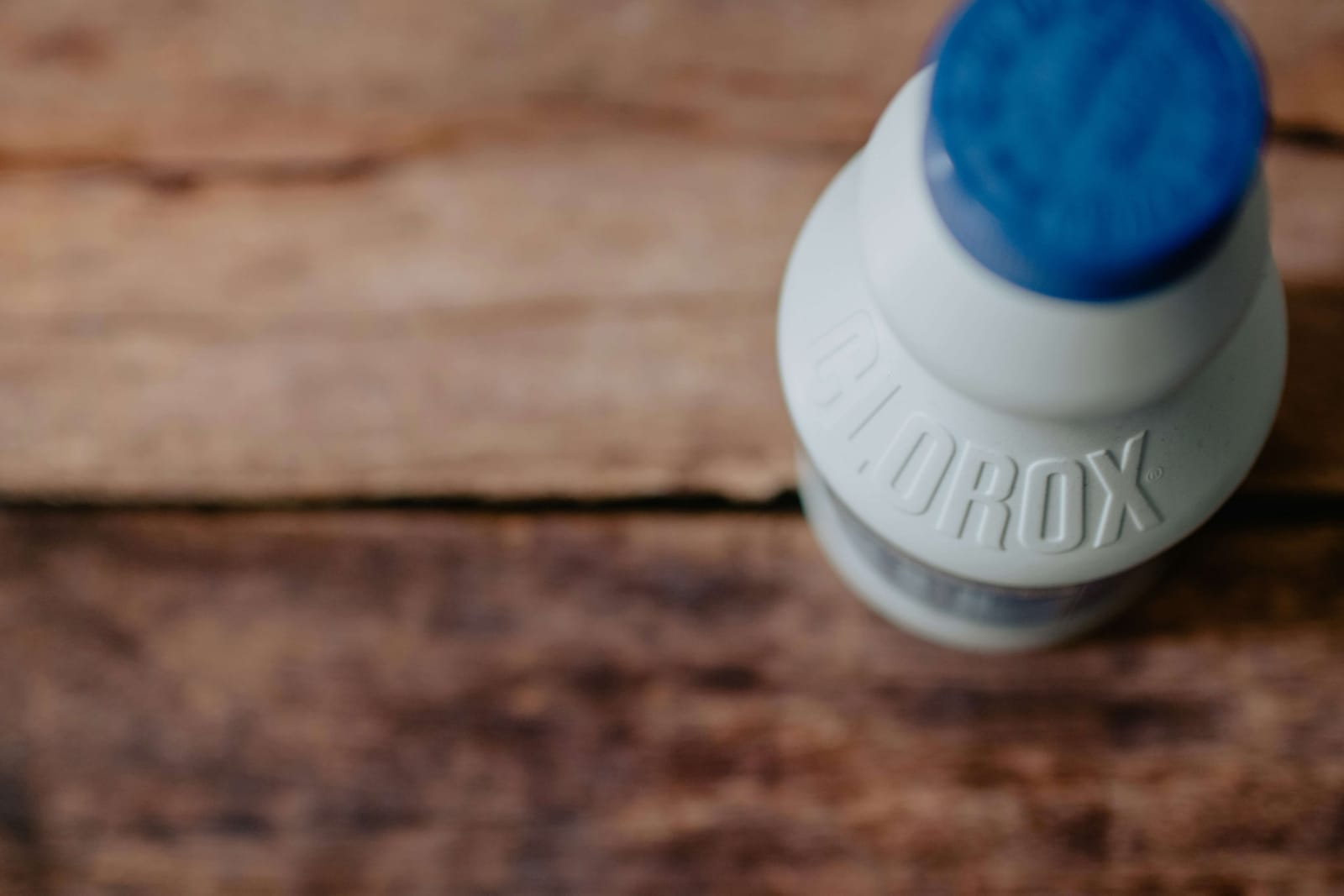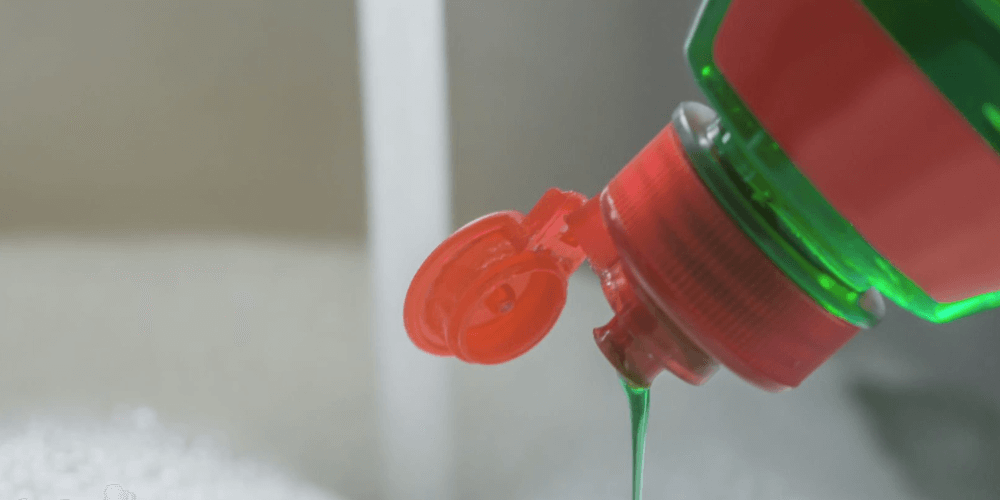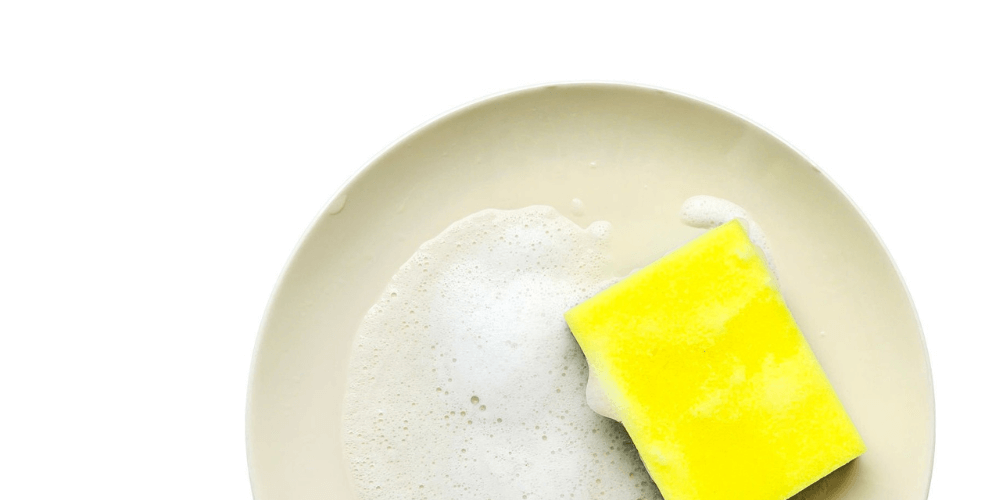Beeswax wraps are a popular, eco-friendly, and reusable alternative to plastic wrap, helping reduce plastic waste while keeping your food fresh. However, without proper care, they can wear out prematurely. In this guide, we'll cover the most commonly searched questions and provide detailed tips on how to clean, store, and maintain beeswax wraps so you can extend their lifespan and maximize their value.
1. How Do You Clean Beeswax Wraps Without Damaging Them?
Cleaning beeswax wraps properly is crucial to maintaining their stickiness and effectiveness. Many people wonder, Can I wash beeswax wraps with soap? or What kind of soap is safe for beeswax wraps? The answer is yes—but only with the right approach.
- Use Cool or Lukewarm Water: Always rinse your beeswax wraps with cool or lukewarm water, as hot water can melt or soften the wax, reducing its ability to cling to surfaces.
- Mild Soap Only: Choose a mild dish soap, preferably alcohol-free and eco-friendly, to clean the wraps gently. Harsh detergents can strip the wax coating.
- Soft Cloth or Sponge: Wipe the wraps using a soft sponge or cloth to remove food residue. Avoid abrasive scrubbers, as they can wear down the wax layer.
2. How Often Should You Clean Beeswax Wraps?
The frequency of cleaning depends on how often you use them and what they come into contact with. Generally:
- Daily Use: If you use beeswax wraps for perishable items like cheese or fruits, clean them after every use to prevent odors and residue buildup.
- Dry Storage: If you use them for covering dry items like bread, you can clean them less frequently—perhaps once a week.
3. The Best Way to Dry Beeswax Wraps
A common concern is, Can beeswax wraps get moldy if not dried properly? Yes, moisture trapped in the wrap can lead to mold growth, which is why proper drying is key.
- Air Dry Completely: Lay your wraps flat on a drying rack or hang them over a line to air dry. Ensure they are completely dry before storage.
- Avoid Direct Sunlight: Sunlight can soften or degrade the wax coating over time, so choose a shaded, well-ventilated area for drying.
- No Wringing or Twisting: Never wring or twist the wraps, as this can create cracks in the wax and damage the fabric.
4. How Do You Store Beeswax Wraps to Keep Them Fresh?
Proper storage prevents damage and ensures that beeswax wraps stay in good condition between uses. Many people search for answers to questions like, Where should I store my beeswax wraps? and Can beeswax wraps be stored in the fridge?
- Cool, Dry Place: Store the wraps in a drawer, cabinet, or pantry—somewhere cool and dry. Avoid locations near heat sources like ovens or radiators.
- Fold or Roll: You can fold them neatly or roll them to prevent creases from forming.
- Fridge Storage: If you’re frequently using them for cold items, you can store them in the fridge, but ensure they are completely dry first.
5. What Should You Avoid When Cleaning Beeswax Wraps?
To prevent damage, it’s important to avoid common cleaning mistakes:
- No Hot Water: Hot water can melt the beeswax and ruin the wrap’s ability to stick.
- Avoid Dishwashers: The combination of high heat and strong detergents in dishwashers will destroy your wraps.
- No Abrasive Scrubbing: Using abrasive sponges or steel wool will wear down the wax coating and shorten the wrap’s lifespan.
- No Soaking: Don’t leave beeswax wraps submerged in water for extended periods, as this can weaken the wax layer.
6. How Long Do Beeswax Wraps Last with Proper Care?
With regular use and proper care, beeswax wraps can last anywhere from 6 months to a year or even longer. Factors that affect their longevity include:
- Frequency of Use: The more you use and wash them, the faster they may wear out.
- Type of Food Stored: Acidic foods or items with strong odors may degrade the wraps faster.
- Cleaning and Storage Habits: Proper cleaning and drying are key to extending their lifespan.
7. How Do You Know When It’s Time to Rewax Beeswax Wraps?
Over time, beeswax wraps may lose their stickiness or develop cracks. Instead of throwing them away, you can rewax them to restore their functionality. Signs that your wraps need rewaxing include:
- Loss of Stickiness: If they no longer adhere well to surfaces or food containers.
- Visible Cracks: Cracking in the wax coating that can’t be smoothed out.
- Worn Appearance: When the wrap looks dull and no longer repels water effectively.
8. How to Rewax Beeswax Wraps
If your wraps need a refresh, here’s a simple process to rewax them:
- Gather Supplies: You’ll need beeswax pellets or a beeswax blend, parchment paper, and a baking sheet.
- Heat the Wraps: Preheat your oven to 170°F (75°C). Place the wrap on a baking sheet lined with parchment paper.
- Apply Wax: Sprinkle beeswax pellets evenly across the wrap.
- Melt and Spread: Place the sheet in the oven for 3-5 minutes until the wax melts. Remove and spread the wax evenly with a brush or spatula.
- Cool and Set: Allow the wrap to cool before using it again.
9. How to Prevent Odors and Stains on Beeswax Wraps
A common issue is lingering smells or stains from certain foods, prompting questions like How do I remove odors from beeswax wraps?
- Use Baking Soda: Sprinkle a small amount of baking soda on the wrap, gently rub it in, and rinse with cool water.
- Lemon Juice Solution: For tough stains, create a mixture of lemon juice and water, apply it to the affected area, and rinse thoroughly.
- Avoid Strong-Smelling Foods: Try to limit contact with strong-smelling items like onions or garlic, or designate specific wraps for these foods.
10. Can Beeswax Wraps Be Recycled or Composted?
Yes! Beeswax wraps are a sustainable product, and once they reach the end of their life, you can dispose of them in an eco-friendly way.
- Composting: Cut the wraps into small pieces and add them to your compost bin. The natural materials will break down over time.
- Fire Starters: Use old wraps as fire starters for outdoor grills or campfires.
Final Thoughts
Beeswax wraps are an excellent sustainable alternative to single-use plastic, but they require proper care to last as long as possible. By following these cleaning and maintenance tips, you can keep your wraps fresh, effective, and odor-free for months or even years. If you take good care of them, you’ll not only reduce your household waste but also save money by avoiding frequent replacements.
Now that you’re equipped with the knowledge to clean and maintain your beeswax wraps, you can confidently enjoy their benefits and play your part in living sustainably.
Looking for the best beeswax wraps to add to your kitchen? Check out our top picks here.



